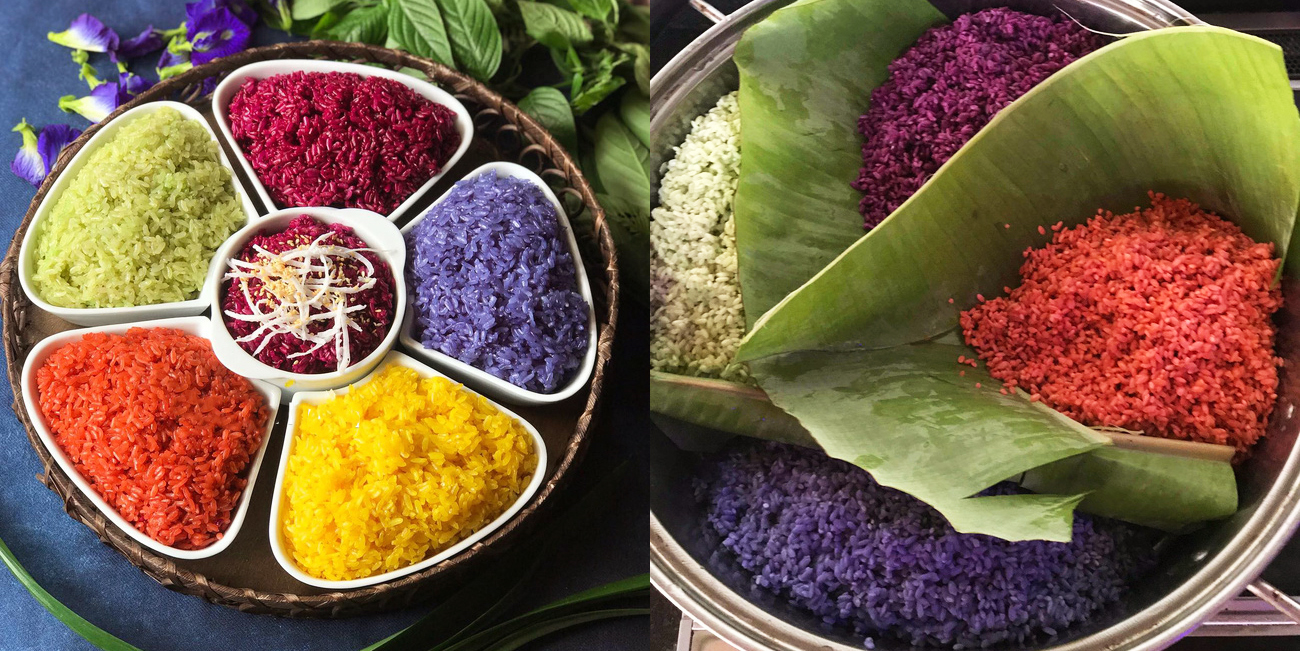Golden Rice Fields in Autumn Vietnam: A Stunning Spectacle
September 23, 2024Vietnam has a long-standing agricultural tradition, with rice cultivation being at its core. Images of hard-working farmers tending to their fields, water buffalo grazing, and children herding buffalo are iconic scenes of the countryside.
Thanks to favorable natural conditions and a long-standing agricultural tradition, Vietnam has consistently ranked among the top three rice exporters globally, alongside Thailand and India. Vietnam experiences two main rice-growing seasons annually: the Dong Xuan (Winter-Spring) and He Thu (Summer-Autumn) seasons. The cooler, drier autumn months yield the highest quality rice. This is also the perfect time for travelers and photography enthusiasts to capture stunning images of golden rice fields, typically from September to November.
Join us on a journey through Vietnam to witness the breathtaking beauty of its rice fields through the following images:

Figure 1: Golden rice terraces in Sapa
From August to October, Sapa is transformed into a breathtaking landscape of golden rice terraces, making it the perfect time for travelers to visit. These terraced rice fields cascade down the mountain sides in a unique and stunning display. The local ethnic minorities have ingeniously adapted to the steep terrain by creating these terraced fields, which not only conserve water but also support diverse ecosystems. In addition to rice, locals cultivate corn, various vegetables, and fruits such as plums and peach blossoms to meet their own needs and supply the market.

Figure 2: Mu Cang Chai in "golden" color
The Mu Cang Chai rice terraces cover a larger area than those in Sapa, creating a more majestic and impressive landscape. Due to their higher altitude, locals cultivate not only rice but also precious medicinal herbs like ginseng, angelica…. The Hmong people, who primarily inhabit the region, live in traditional wooden stilt houses nestled against the mountains, contributing to the serene atmosphere of the highlands.
The Mekong Delta stands out as Vietnam's most productive rice-growing region. The tropical climate and abundant rainfall support year-round cultivation, while the low-lying land and extensive canal network provide natural irrigation. Key rice-producing provinces include An Giang, Hau Giang, Soc Trang, and Dong Thap.
Besides, Vietnamese dishes made from rice are all creatively made and have the characteristics of each region.

Figure 3: "Xoi ngu sac - 5 colors sticky rice" - signature traditional dish of ethnic people in Northern mountainour areas
In the northern mountainous provinces, five-colored sticky rice is a dish you should not miss. The five colors of the sticky rice are mainly taken from various types of forest leaves and roots to create an eye-catching color, showing the craftsmanship of the local people. On every holiday and Tet, the made sticky rice dishes are not only the result of a diligent crop but also carry dreams of happiness, favorable weather, and abundant harvests. Tourists can enjoy this traditional dish of ethnic people in Yen Bai, Lai Chau, and Ha Giang provinces on a journey to explore the Northwestern mountainous provinces.
.png)
Figure 4: Our newest UNESCO intangible cultural heritage - Mi Quang from Quang Nam
Coming to the central region, most recently, Quang Nam people are proud that Mi Quang - a folk dish has been officially recognized by UNESCO as an intangible cultural heritage. This dish has large noodles, rich broth made from pork or chicken, and many types of toppings such as shrimp, pork, quail eggs, and herbs. When eating, tourists can squeeze lemon and sprinkle peanuts to start enjoying.

Figure 5: Rice paper pizza, a famous street food in Ho Chi Minh City
Finally, a different special form of a famous dish in the southern provinces, also made from rice flour, is Banh trang (rice paper). It is a thin round layer of rice flour dried in the sun, and it is used in many dishes such as rice paper rolls with pork, grilled rice paper, and mixed rice paper. This dish has a characteristic aroma of rice flour, a chewy and crispy texture, and may have a slightly salty taste of salt. People can eat it directly or grill it briefly on charcoal or a pan, of which the "rice paper pizza" is famous among young people with a combination of many toppings, bringing a spicy and crispy flavor from the crust.
We call this journey a quest for the golden rice harvest in provinces and cities across Vietnam. If you have the opportunity to visit Vietnam this autumn, don't miss these exciting destinations to enrich your exploration of our beautiful country.

1.jpg)


.jpg)
.jpg)
.jpg)
.jpg)
.jpg)
.jpg)
_.jpg)
.jpg)
.jpg)
.jpg)
.jpg)
.jpg)
.jpg)